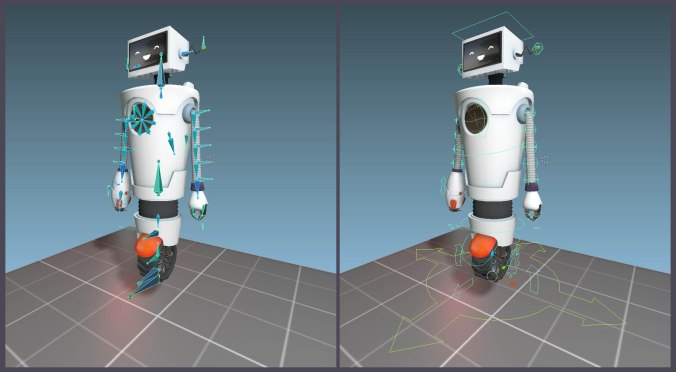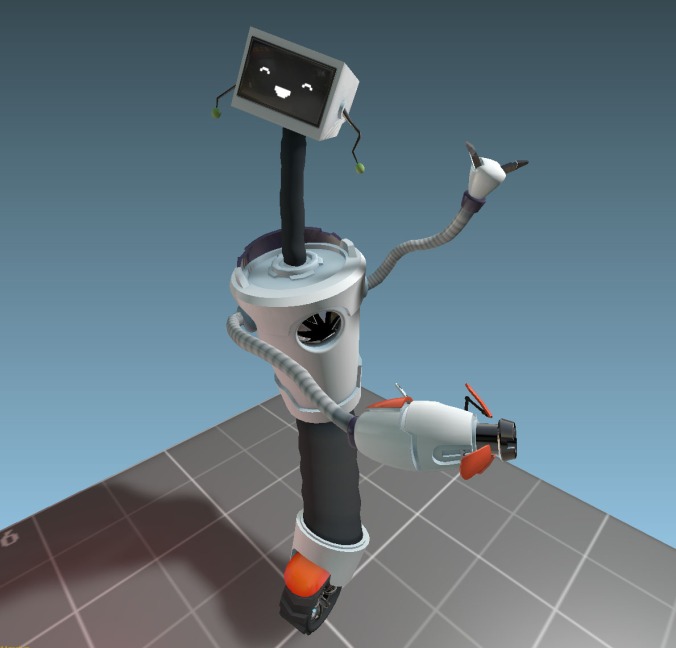This week for me started with an awesome talk from Prideful Sloth, with their Pre Mortem on their game Project Columbus. So much information to process, but it is definitely clear they know what they’re talking about!
I’ve been battling with FMOD most of this week. With the need to implement 3D sound I was on a quest to find out why the hell the events are not being played when the game starts. I embarrassed myself on the FMOD forums which inadvertently lead me to the realisation that the events were not being loaded when the game was running. Or so I thought. Sounds that I made 2D worked fine, but 3D sounds still eluded me. I thought it had something to do with the pathing of files which had been changing when we’ve been doing our manual build updates (shudder) It turns out that I wasn’t setting the position of the sounds when they are playing. Once I told the sounds to be playing at the object’s transform position, everything started working.

The most frustrating part was finding out how to do that, which took me the better part of a day and I found the answer in a Reddit post, where one of the commenters put it in there as a reminder to the OP of something that needs to be done for 3D panning sound. So, ADA’s audio is in game with placeholder audio and so is the Jorm’s audio.
We’ve made a lot of progress this week with the first 5 minutes of ADA coming together nicely. The intro cinematic has been blocked out and we’ve got the tutorial in a playable state. Our plan of getting people to test our game has been pushed back due to the team’s realisation that we’re not happy with where the character controls are, so there’s no point asking what other people think of them if we’re not happy with them ourselves.
The internal test that we did produced a list for us to work on for our next sprint cycle. The plan is to polish what we have and only add to the game with assets that help achieve the level of polish we’re looking for, for our assessment build. The next few weeks should be spit and polish with a few additions that make sense for the game play that we’re trying to achieve. That’s it from me, until next week…


